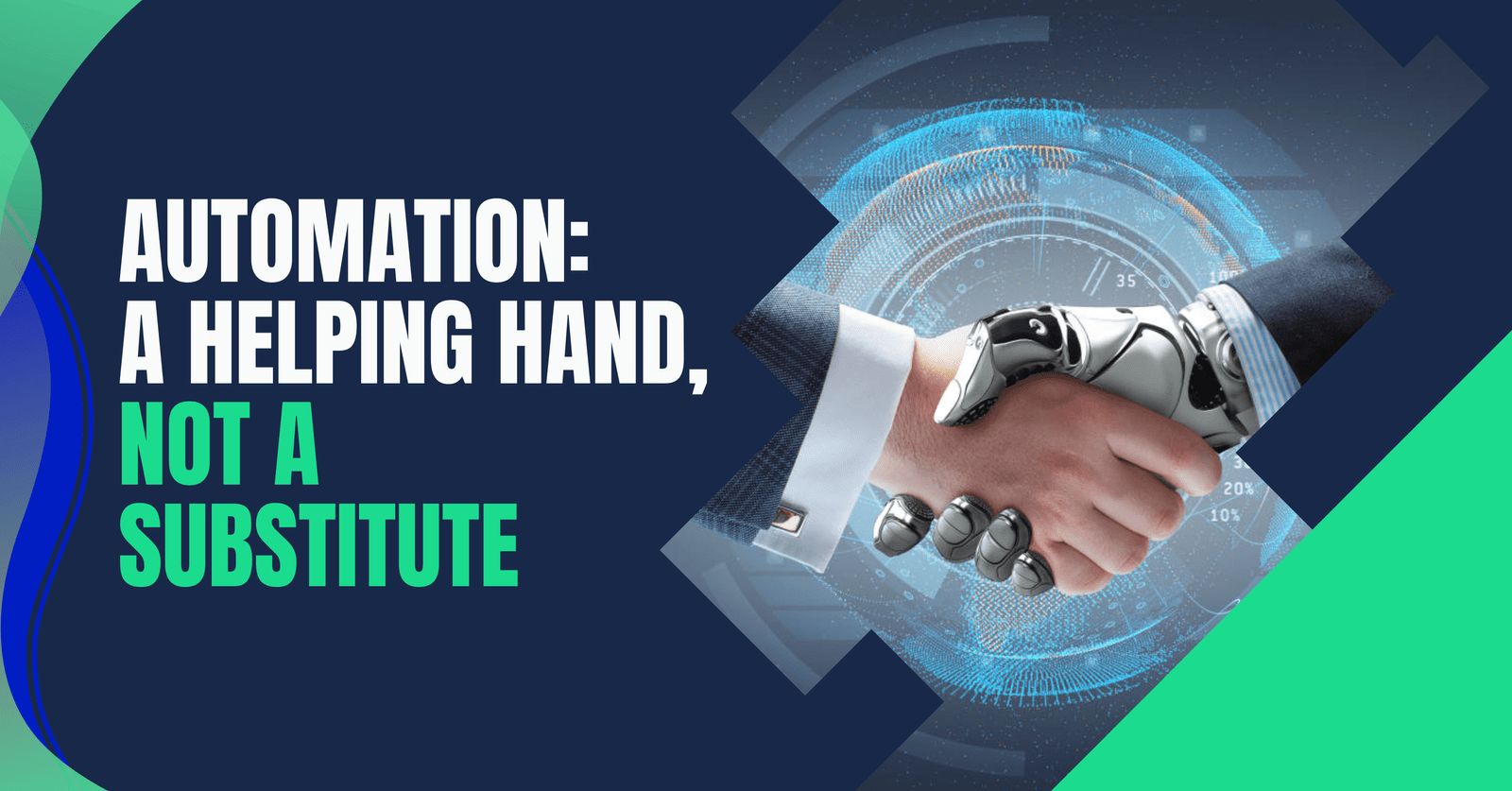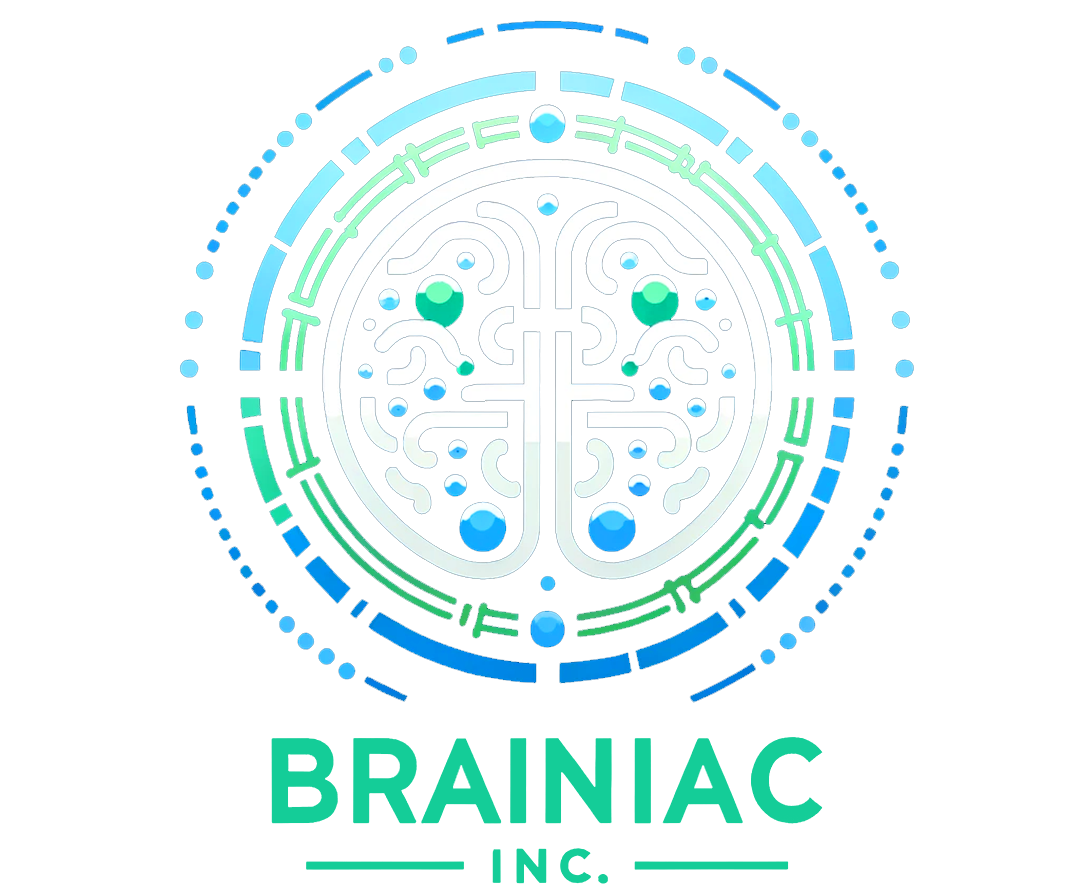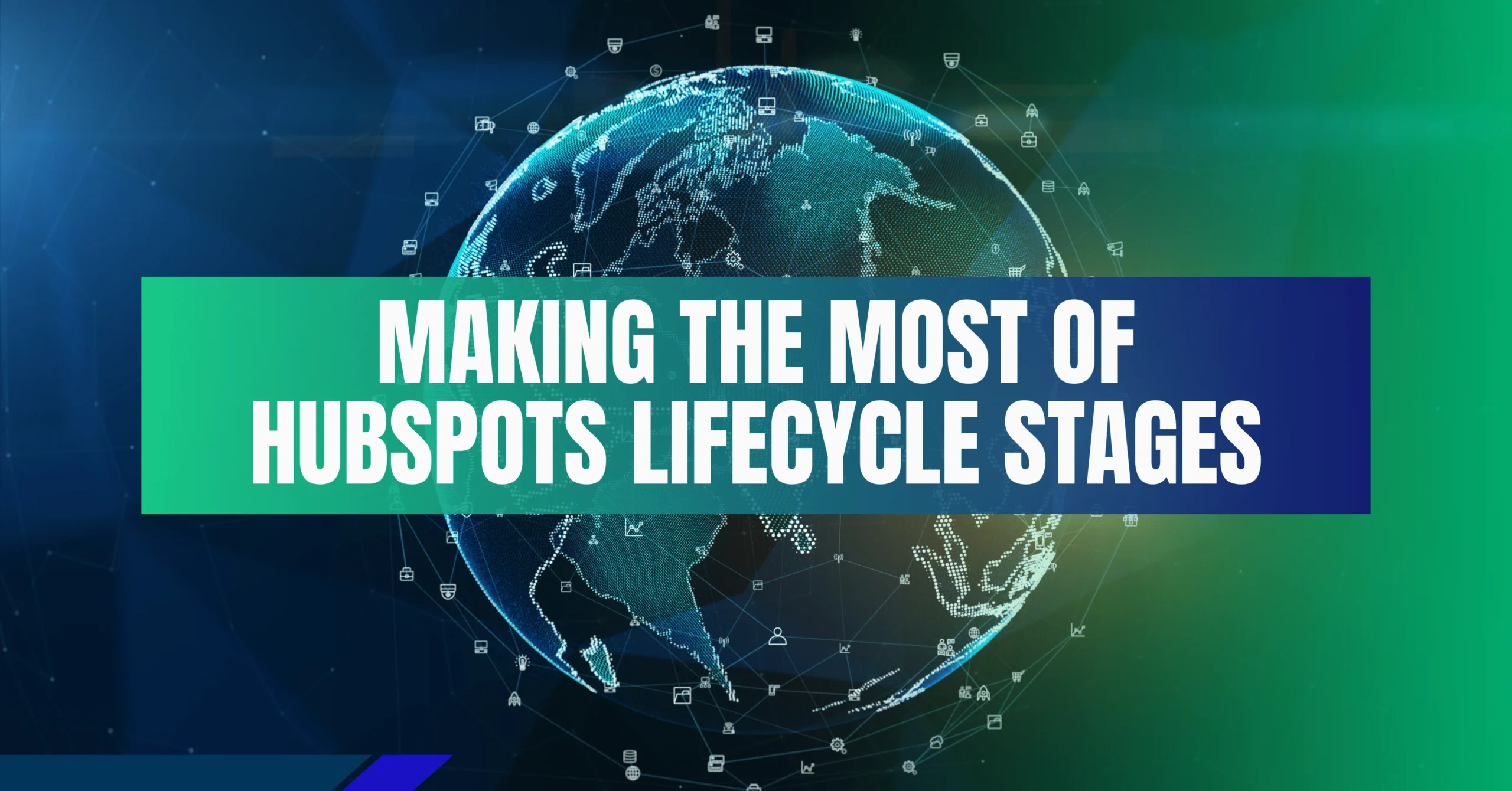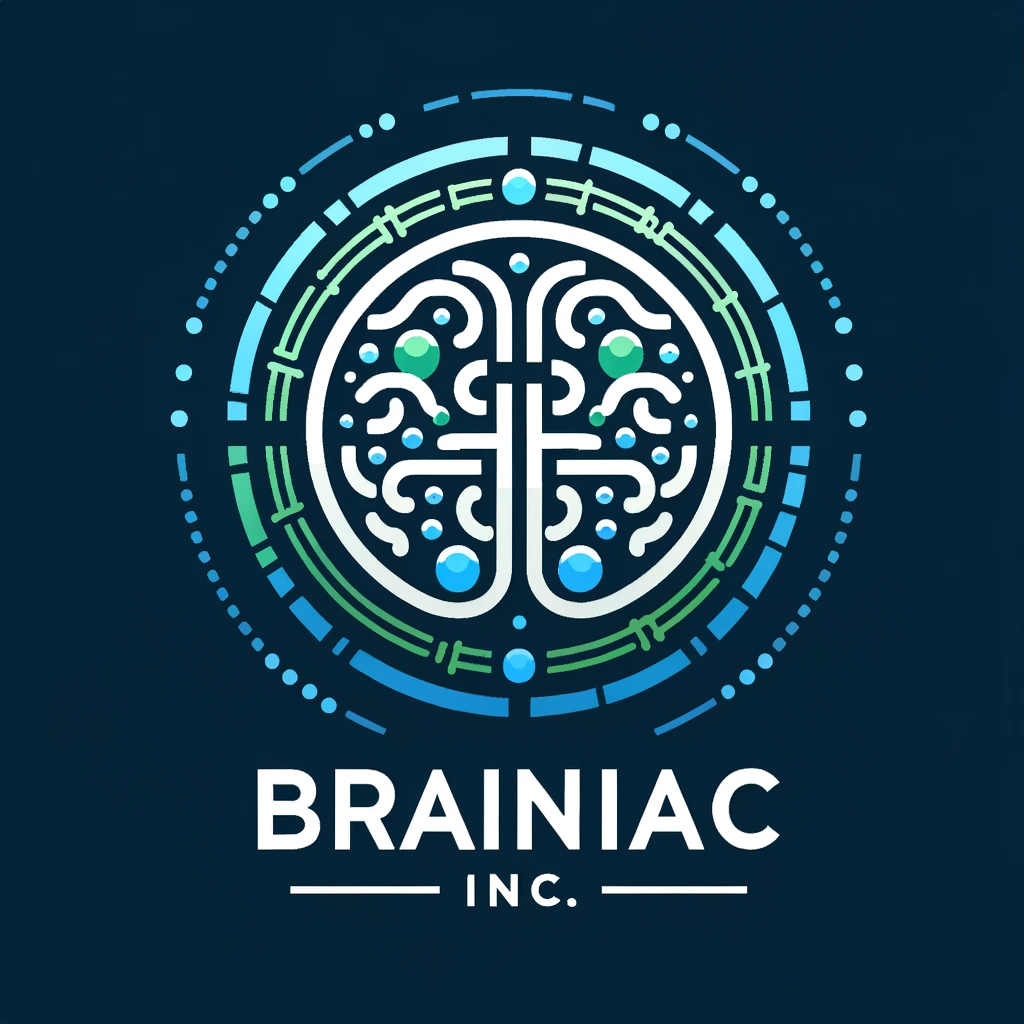When you think about the journey from someone casually exploring your business to becoming a loyal advocate, the path isn’t always as straightforward as we’d like. There are twists, turns, moments of excitement, and sometimes a little confusion. That’s where HubSpot’s Lifecycle Stages come in—they help you navigate this journey by providing a roadmap for how your customers move from one stage to the next. But, if you really want to get the most out of these stages, you need to dig deeper than just using default labels and automation.
I’ve worked with businesses of all shapes and sizes, and what I’ve learned is that how you use Lifecycle Stages can make or break your CRM strategy. Whether you’re trying to streamline your marketing efforts or create a more cohesive relationship between your sales and service teams, there’s a lot to explore here.
It’s Not About the Stages—It’s About the Transitions
One mistake I often see is businesses focusing too much on the stages themselves and not enough on the transitions between them. Yes, it’s helpful to label someone as a lead or a customer, but the real magic happens in the why and how a person moves from one stage to another.
Here’s a thought: Instead of focusing only on defining what each lifecycle stage is (which HubSpot does a great job of out of the box), take some time to understand the behaviors and triggers that should push someone forward. Is it when they engage with certain types of content? Maybe it’s after they’ve had an interaction with your sales team or downloaded a specific resource.
By understanding the triggers that define progression, you’re better equipped to nurture leads and provide them with the right content or outreach at exactly the right time. It also helps you identify bottlenecks—if people are stagnating in a stage, something needs to change in how you’re engaging with them.
Customize Beyond the Defaults
HubSpot’s default lifecycle stages are fine for a lot of businesses, but if you’re serious about tailoring your approach to your specific customer journey, you’ll want to customize these stages. For example, I’ve seen companies add stages like “Demo Scheduled” or “Trial Completed” because those events were critical to their sales process. It’s all about reflecting the actual steps your customers go through, not trying to cram everyone into a pre-made mold.
Ask yourself: Do all of your leads follow the same path? If not, it’s worth segmenting your lifecycle stages more granularly. This allows for more precise targeting and personalized experiences as your prospects navigate the buying journey.
Think Beyond Sales—Make It a Company-Wide Tool
Lifecycle stages aren’t just for sales and marketing teams. When used effectively, they become the foundation for every department’s interaction with a contact—from customer support to product management.
Here’s an example: Let’s say a lead becomes a customer. At that point, your customer service team can use the information from the prior stages to personalize their outreach. They can see what marketing content the customer interacted with, how they responded to sales pitches, and what pain points they may have mentioned. It’s about breaking down silos and making sure every department has access to the full picture.
It also works in reverse. If your service team notices a customer is unhappy or struggling, that information can be relayed back to marketing and sales to re-engage the customer or adapt their approach. This feedback loop ensures no contact gets lost in the shuffle.
Aligning Your Messaging Across Stages
Another key to mastering HubSpot’s lifecycle stages is aligning your messaging across every stage. Think about it—someone who’s just subscribed to your blog is in a completely different mindset than someone who’s actively negotiating a deal. If you’re sending the same types of messages to both, you’re missing an opportunity.
Your content strategy should evolve as your leads do. Early-stage prospects might appreciate educational content, while someone further down the funnel might be more interested in case studies or product demos. The same goes for tone—new subscribers might need a friendly introduction to your brand, while a seasoned lead may appreciate more direct calls to action.
Consistency is key, but flexibility is what drives engagement. Tailor your messaging to each lifecycle stage, and don’t be afraid to experiment. Not every audience behaves the same way, so adjust your content accordingly.
Automation: A Helping Hand, Not a Substitute

Automation is the lifeblood of any effective CRM system, but it’s important to remember that it’s a tool, not a replacement for human interaction. HubSpot’s automation features make it easy to move contacts between lifecycle stages based on predefined actions. But here’s the catch—over-relying on automation can make your customer interactions feel robotic.
Instead of setting up workflows that simply move people through the stages based on basic triggers like form submissions, add in human touchpoints along the way. Set reminders for your sales team to follow up with personalized emails or phone calls when someone reaches critical stages like SQL (Sales Qualified Lead) or Opportunity. Automation can handle the busywork, but the human element is what seals the deal.
Analyzing and Iterating: The Never-Ending Process
No CRM strategy is ever “done.” The same goes for your lifecycle stages. Regularly revisit your workflows, triggers, and communication strategies to see what’s working and what’s not. Maybe you’ll find that certain stages aren’t converting as expected, or that there are gaps in your follow-up processes.
HubSpot’s reporting tools are a goldmine for these insights. You can track where leads are getting stuck, which emails are driving engagement, and what actions are moving people to the next stage. From there, you can refine your approach, add or remove stages, and continuously improve your customer journey.
Final Thoughts
Getting the most out of HubSpot Lifecycle Stages isn’t just about filling in the blanks and setting up automations—it’s about creating a fluid, dynamic process that responds to the needs of your leads and customers at every point in their journey. The goal is to ensure that no matter where a contact is, they’re receiving the right content, at the right time, through the right channels.
By taking a thoughtful approach to how you set up your stages, customize them for your business, and leverage automation without losing the human touch, you’ll be well on your way to a CRM strategy that drives results. And if you’re looking for help refining your approach, Brainiac Consulting is here to support you through every step of the process.




